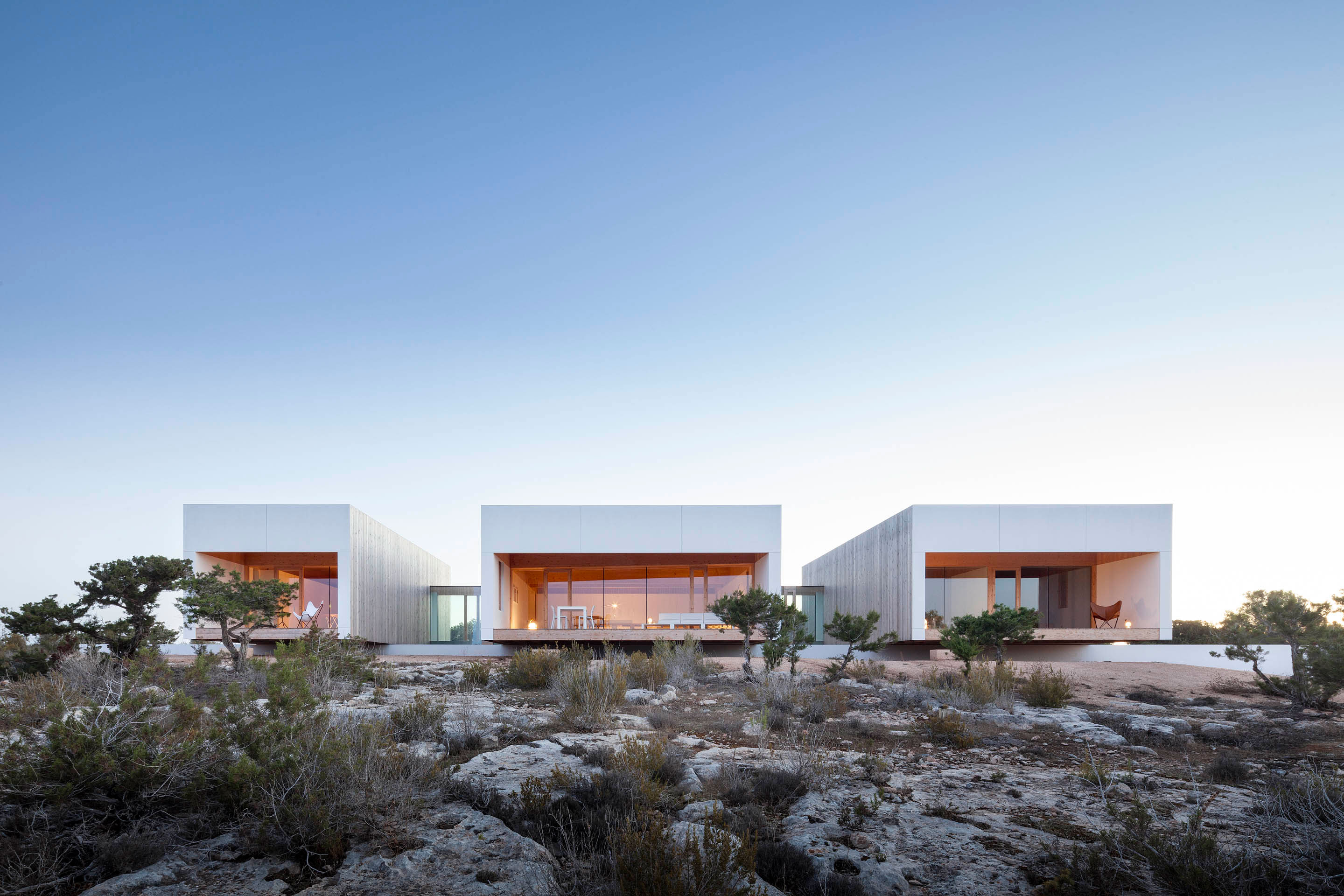
This article is part of our ongoing series on the Top 10 Architecture Firms around the world.
What I find most fascinating about Spanish architecture is its instinctive need to combine elements art and engineering in their design. To fully appreciate this ethos for building, I think it’s helpful to remind ourselves of the rich geographical and historical diversity from which it comes. When the Romans first conquested Hispania back in 218, they brought with them the power of civil engineering and the knowledge to build magnificent structures like bridges, aqueducts, and amphitheaters. The conquest of the Moors sometime later was different; they injected artistry and craftsmanship in their buildings that gave them a sense of splendour unachievable in the romanization of the country in the centuries before.
Contemporary Spanish architecture is then this beautiful learned hybrid of engineering and art. Understanding the vernacular, the climatic and topographic differences throughout Spain has seen the most elegant use of traditional materials like limestone, slate, granite, clay, and wood being combined with contemporary materials like concrete, glass, and steel.
If you missed our posts on the MUST-SEE Architecture in Barcelona I suggest checking it out as it’s an excellent place to learn about the country’s biggest architectural moments and contemporary works.
The Top 10 isn’t a ranking; just a collection of what I feel are the best firms in the country based on their perceived reputation and personal opinion. With that said, here are my picks for The Top 10 Architecture Firms in Spain.
Santiago Calatrava Architects & Engineers
Santiago Calatrava is an internationally recognized architect, structural engineer, sculptor, and painter known for his single-leaning pylon bridges and highly sculptural buildings. His work is a return to the romantic traditions of great European architecture that finds beauty in the integration of art and engineering. Some of his most celebrated works include the Bodega Ysios Winery in Araba, Spain (pictured), the Milwaukee Art Museum, the Turning Torso in Malmö, Sweden, and the World Trade Center Transportation Hub in New York City. His largest project to date is the City of Arts and Sciences in his hometown of Valencia.
RCR Arquitectes
Recipients of the 2017 Pritzker Prize for Architecture, RCR Arquitectes is lead by co-founders Rafael Aranda, Carme Pigem and Ramón Vilalta. Based in Olot, Catalonia, Spain and relatively unknown to the outside world before winning, the firm has built a reputation for their use of weathering steel and buildings that are integrated with nature. Some of their most recognized work includes the Bell–Lloc Winery in Palamós, Spain, the Soulages Museum in Rodez, France, and De Krook Library in Ghent, Belgium (pictured).
Rafael Moneo
Rafael Moneo won the Pritzker Prize for architecture in 1996 and the RIBA Royal Gold Medal in 2003. An architect, writer, and educator by trade, Moneo’s works are both timeless and measured through the use of simple materials, straight lines, and large open spaces. His most well-known built projects include Murcia Town Hall, the National Museum of Roman Art in Mérida, and the Kursaal Congress Centre and Auditorium (pictured).
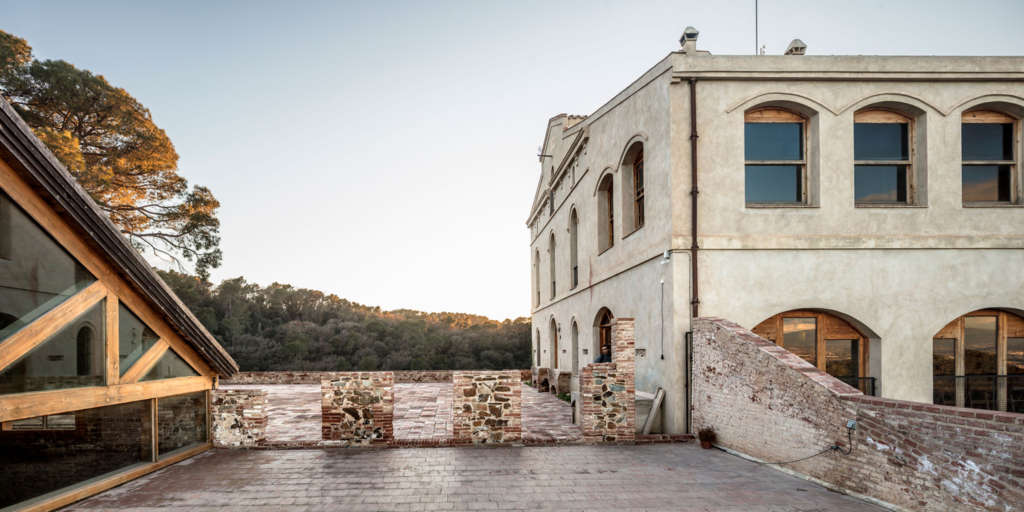
Guallart Architects
Vicente Guallart is an emerging Spanish architect pioneering work in the fields of nature, technology, and architecture. Between 2011 and 2015 he was the Chief Architect of Barcelona City Council and was responsible for the city being selected as the European Capital of Innovation in 2014. Guallart is also the founder of the highly regarded Institute for Advanced Architecture of Catalonia (IAAC) founded in 2001 and Fab Lab Barcelona in 2007. His company, Guallart Architect, has developed several urban, architectural and landscapes projects including the Valldaura Labs (pictured), a design laboratory for self-sufficient habitats.
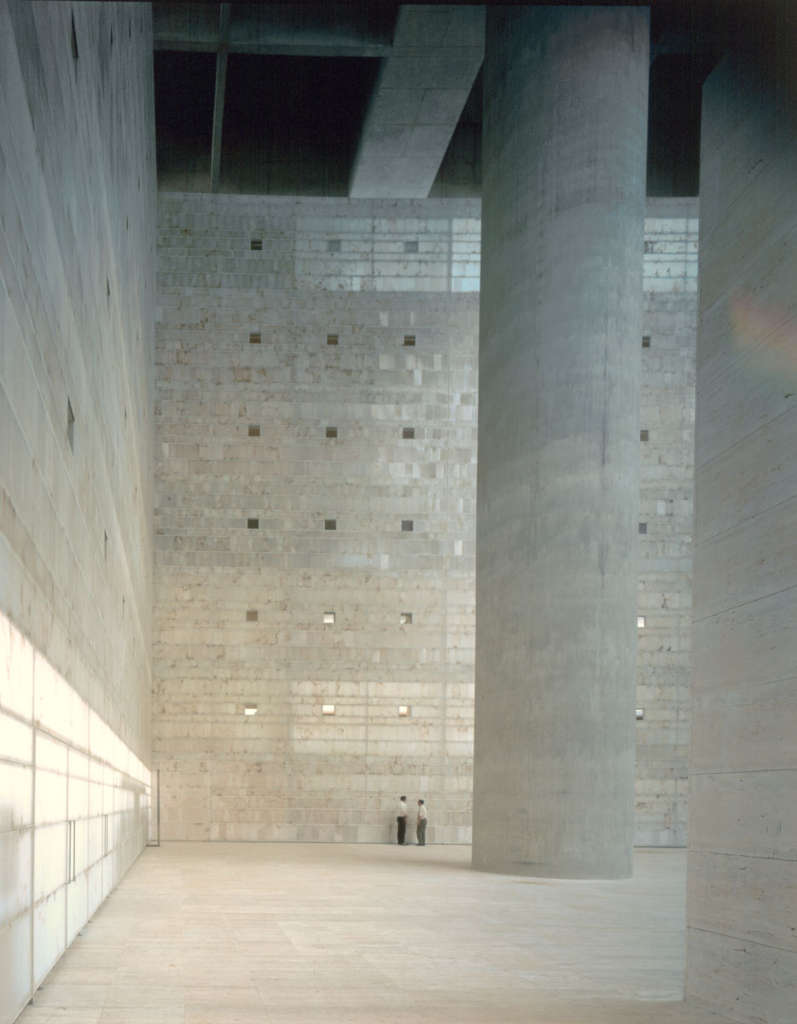
Alberto Campo Baeza
A master in understated design, the work of Alberto Campo Baeza draws on both natural and manmade elements to create exceptional spaces. His most recognized work, the Caja Granada (pictured), is a bank and cube-shaped volume with an integrated brise soleil that rests on a concrete plinth. Internally, the central communal space is clad with monochromatic walls of concrete and semi-translucent alabaster that filters warm sunlight into the airy interior spaces below. More recently, Campo Baeza has designed a series of exceptional houses none more-striking than the Casa del Infinito.
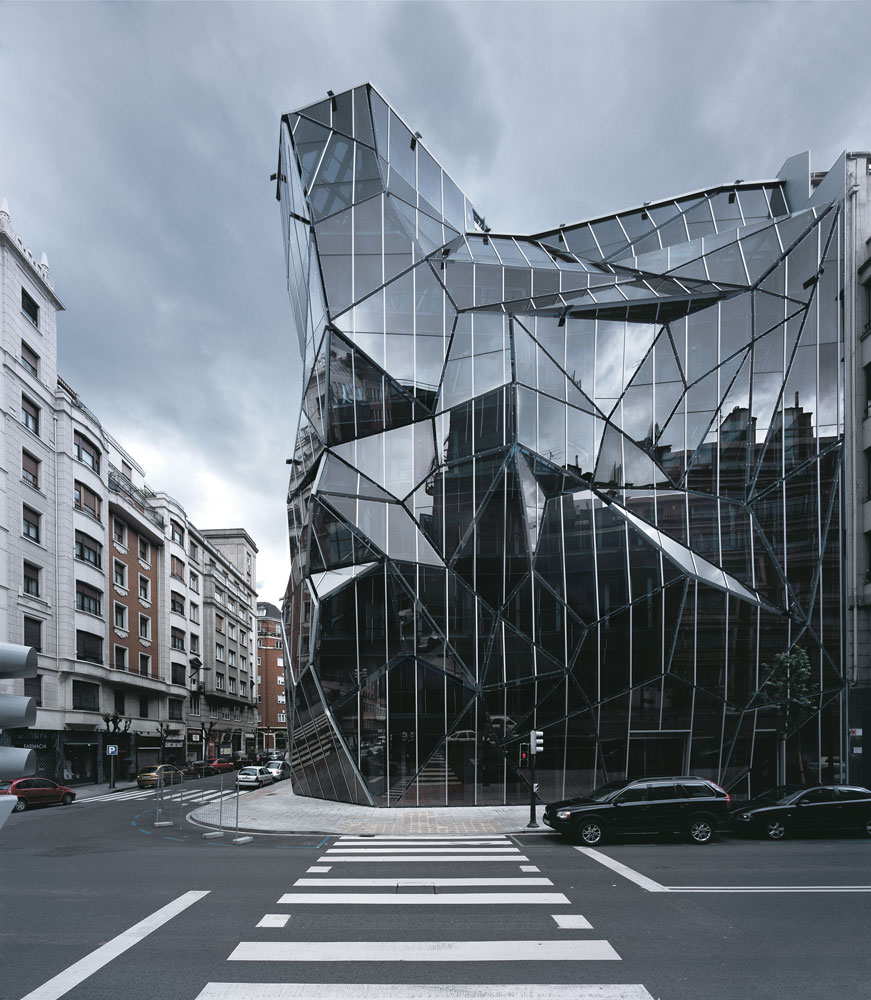
Photo Aleix Bagué
© COLL-BARREL ARQUITECTOS
Coll Barreu Arquitectos
Coll-Barreu Arquitectos is an architecture studio dedicated to the investigation, development, and construction of dynamic projects. Their work is audacious and supported by an internal process that has resulted in a number of highly regarded projects like the Health Department Headquarters in Bilbao (pictured) and the Jaca Ice Arena for the first-ever Olympic event in the Pyrenees.
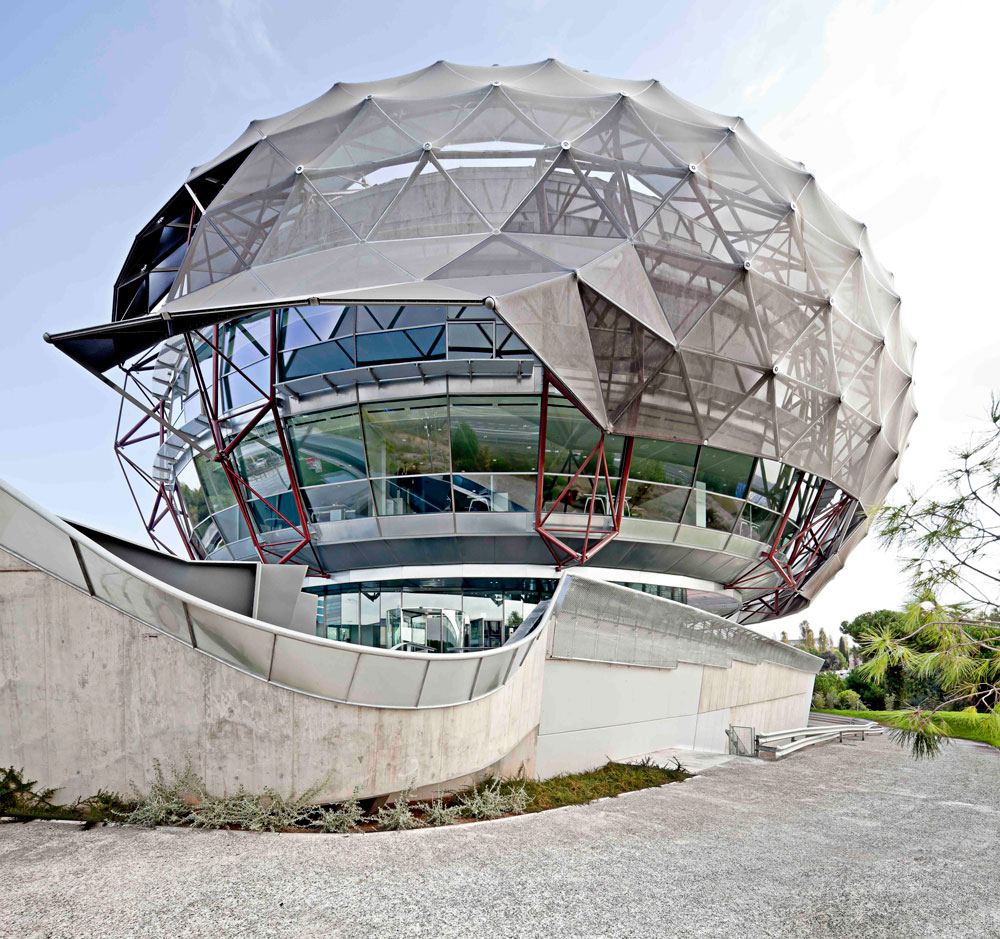
MIAS Architects
MiAS Architects is an emerging practice founded in 2000 by Josep Miàs. Their work is highly experimental and research-based focused on new approaches to technology, manufacturing, and construction. They were recently shortlisted for their design of the new F.C. Barcelona Stadium Camp Nou, and have been recognized for interesting projects like the Fontanals Golf Club and iGuzzini Headquarters (pictured).
Miralles Tagliabue EMBT
EMBT is a Barcelona-based studio with a strong design process and emphasis on context-based solutions. Understanding the history and culture of their projects has led to several unique buildings and public spaces like the Santa Caterina Market (pictured) in Barcelona.
Tuñón Arquitectos
Tuñón Arquitectos (formerly Mansilla + Tuñón Architects) was founded in Madrid in 1992. Their best-known project is the Museo de arte contemporáneo de Castilla y León (MUSAC) for which they won the 2007 Mies van der Rohe Award for European Architecture. The office is heavily engaged in academia with founder Emilio Tuñón professing at the ETSAM School of Architecture and School of Architecture at Princeton University.
Selgascano
Selgascano is a small (by choice) atelier established in Madrid in 1998. With a focus on nature and the built environment, a lot of their work is centred on the research of construction methods and processes. Unlike many other firms that seek to reduce the number of building elements, Selgascano is enthusiastic about the ongoing process of `listening´ to the largest possible number: from manufacturing straight to installation. Their best-known work includes the highly sensorial 2015 Serpentine Pavilion in London (pictured) and the Congress Center in Plasencia.
What do you think of the Top 10 list of Spanish Architecture Firms? Let us know in the comments below.
Toughest Omissions
In a country with such a large and rich architectural history such as Spain’s, identifying just 10 firms does not do justice the incredible work that has been achieved and still ongoing. I thought it was necessary to identify some of the toughest omissions as a way to acknowledge and recognize this work.










